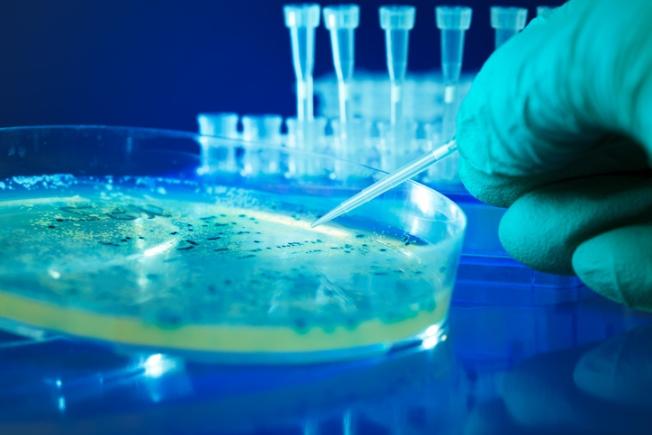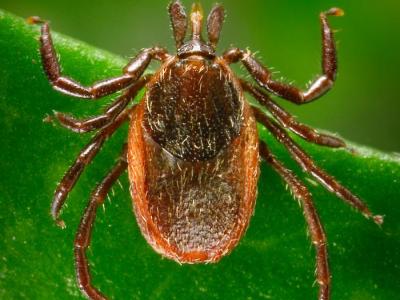Early last week, the World Health Organization (WHO) released a list of 12 priority pathogens for which new antibiotics are urgently needed. The list was dominated by gram-negative bacteria, which have become resistant to multiple classes of antibiotics.
Although gram-negative bacteria have emerged as a major public health threat in part because of their ability to acquire and pass on mobile resistance elements, they also have what McMaster University biochemistry professor Eric Brown, PhD, calls an "intrinsic resistance" to antibiotics. An outer membrane on the gram-negative cell envelope provides an extra layer of protection against many antibiotics.
Looking for molecules that can breach this defense mechanism is what led Brown to discover a potential new use for an old drug. The results of his research appeared yesterday in Nature Microbiology.
'Spectacular' results in mouse models
A few years ago, Brown and his colleagues at the Brown Lab started looking at molecules that might be able to penetrate that outer membrane and allow antibiotics, even antibiotics that would normally be effective only against gram-positive bacteria, to do their job. These types of antibiotic adjuvants have long been sought, but none has ever made it to the clinic. Their research resulted in a screening platform that looks specifically for molecules that are active on the outer membrane of Escherichia coli.
Of the three compounds identified by the screen from a panel of 1,440 previously approved drugs, one in particular—the antifungal and antiprotozoal drug pentamidine—"really lit the assay up," Brown told CIDRAP News.
Pentamidine, developed in 1937, is mainly used to treat Pneumocystis pneumonia, a fungal infection that often affects people who are immunosuppressed, such as HIV, AIDS, and cancer patients. It's on the WHO's list of essential medicines. The screening platform developed by Brown and his team revealed that it also can pierce the outer membrane of E coli.
In vitro testing indicated that when combined with pentamidine, antibiotics typically restricted to gram-positive bacteria—rifampicin, novobiocin, and erythromycin in particular—were effective against a range of gram-negative bacteria. One of the pathogens tested, Acinetobacter baumannii, tops the WHO's list of priority pathogens. Mouse experiments yielded more impressive findings.
"The results were really spectacular," Brown said, as most A baumannii–infected mice showed no signs of infection 7 days after treatment with a combination of pentamidine and novobiocin, even at low doses. "We basically sterilized an Acinetobacter baumanni infection in a mouse." The combination also protected 10 of 11 mice from A baumannii resistant to the last-resort antibiotic colistin and led to total bacterial clearance from the spleen.
In addition, in vitro tests showed that pentamidine retained its ability to penetrate the outer membrane of gram-negative pathogens even when they were resistant to colistin. Brown said he and his colleagures were concerned that colistin resistance, which affects phosphates in the outer membrane of bacteria, would inhibit the activity of pentamidine. Emerging resistance to colistin in multidrug-resistant organisms has been a concern since the discovery of the colistin-resistance gene MCR-1 in China.
Hope in combination therapies
Brown's study also revealed, however, that pentamidine is not the "perfect adjuvant" for antibiotic combination therapies. For one, it wasn't effective against all the gram-negative pathogens tested. In particular, the pentamidine/rifampicin combination did not work against Pseudomonas aeruginosa, another one of the WHO's high-priority pathogens. Brown said this could be caused by P aeruginosa having a different outer membrane structure. In addition, Brown explained, pentamidine has some toxicity issues.
But given the challenge of finding and developing new antibiotics, Brown and his colleagues think that combination approaches could be significant weapons in the fight against multidrug-resistant gram-negative pathogens, and they are continuing to use their screening platform to look for more molecules with outer-membrane activity.
While drug companies are reluctant to pursue combination therapies because of the challenge of working with more than one agent, Brown said more people in the research community are coming around to the strategy. "Combination therapies are going to be the way we get out of this mess," he said.
See also:
Mar 6 Nat Microbiol study


























